Sewing a slit is a valuable skill in the world of garment construction, allowing you to infuse both style and functionality into your clothing creations.
Whether you’re designing a flowy maxi skirt, a sophisticated pencil dress, or a tailored suit, mastering the art of sewing a slit opens up a world of creative possibilities.
In this comprehensive guide, we will walk you through how to sew a slit. From selecting the right fabric and marking the slit to stitching and finishing touches, you’ll gain the confidence and expertise needed to enhance your garments.
Each step will be carefully explained, ensuring that you not only understand the process but also acquire the finesse required for professional-quality sewing.
So, whether you’re a beginner or an experienced seamstress looking to refine your skills, this guide will equip you with the knowledge to create stunning garments with perfect slits.
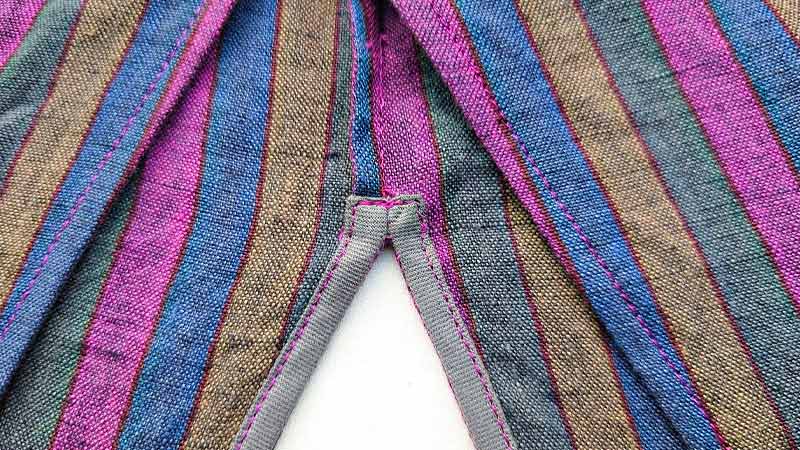
How to Sew a Slit?
Sewing a slit is a fundamental skill in garment construction, as it allows for ease of movement and adds a stylish touch to various types of clothing.
Follow these simple steps to sew a slit in your fabric:
Gather Your Supplies
Start by gathering all the necessary supplies, including your fabric, scissors, pins, sewing machine, thread, and an iron. Ensure that your fabric is cut according to your desired garment pattern.
Mark the Slit
Use chalk or a tailor’s pencil to mark the exact location and length of the slit on your fabric. Ensure the lines are straight and symmetrical if you’re adding slits on both sides of a garment.
Prepare the Edges
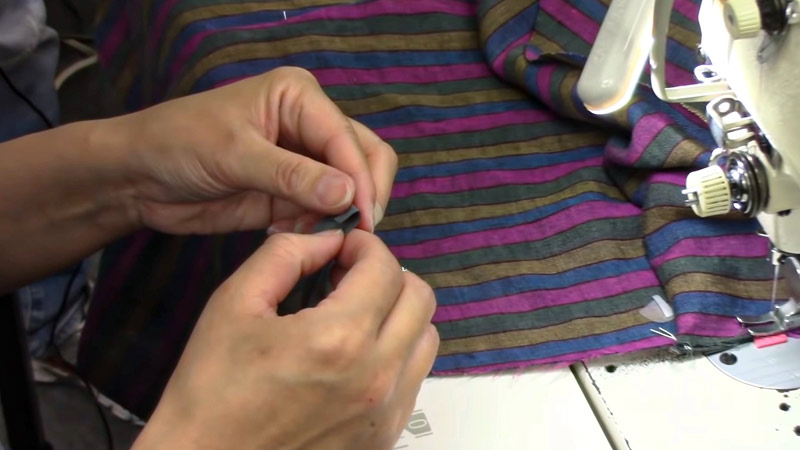
To prevent fraying, fold the fabric edges of the slit under about ¼ inch (0.6 cm) on both sides. Pin these folded edges in place, ensuring they align with your marked lines.
Pin Along the Slit
Carefully pin along the entire length of the slit, securing both the folded edges in place. Make sure the fabric layers are smooth and flat.
Stitch Along the Edges
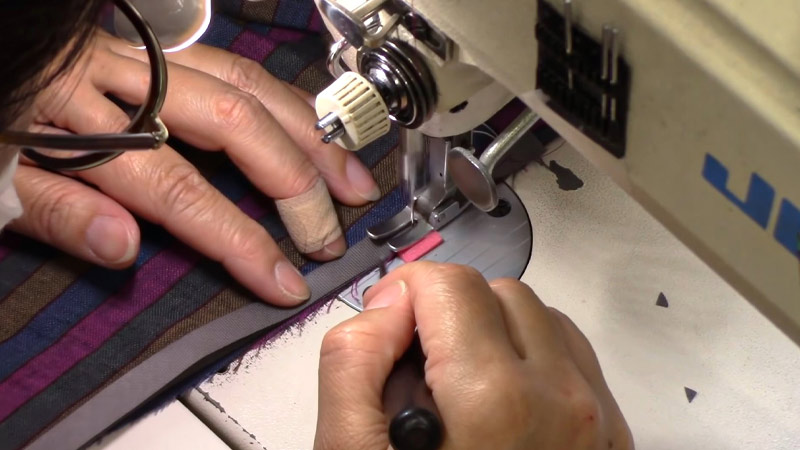
Set your sewing machine to a straight stitch and stitch along the folded edges of the slit, removing the pins as you go.
Use a thread colour that matches your fabric for a seamless look. Backstitch at the beginning and end to secure the stitches.
Press the Seam
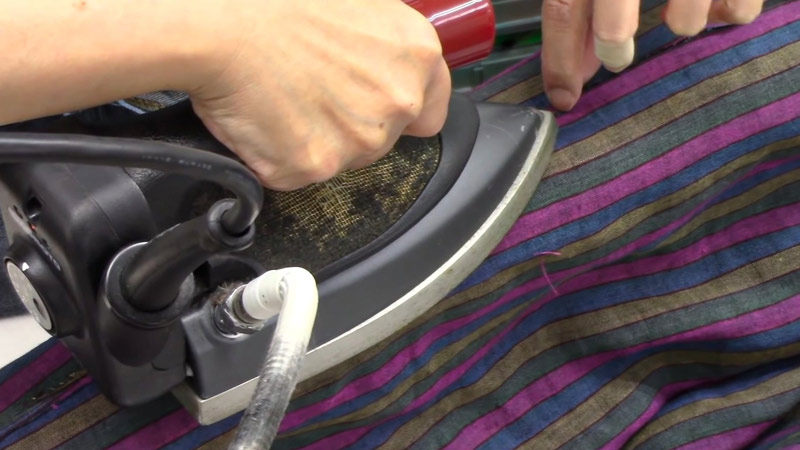
After stitching, press the slit seam open using an iron on a low heat setting. This step helps to flatten the seam and gives your garment a professional finish.
Reinforce the Top
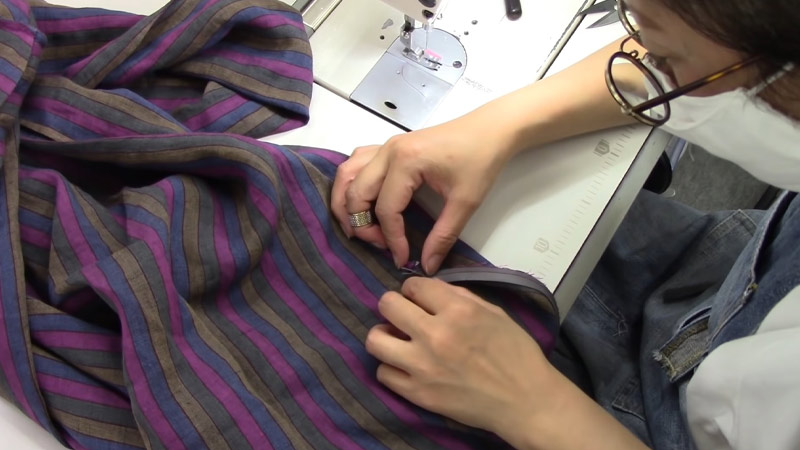
At the top of the slit, where stress may occur when wearing the garment, create a small rectangle or triangle of stitching to reinforce the seam. This adds durability and prevents the seam from tearing.
Finish the Bottom:
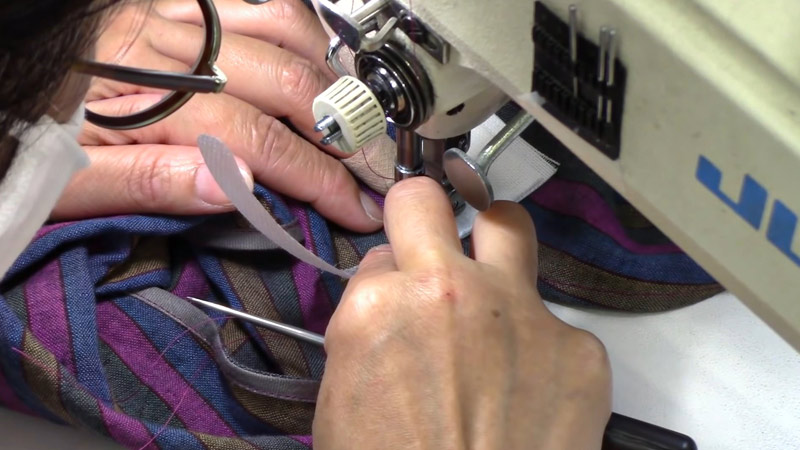
If your garment’s slit extends to the hemline, fold and stitch the hem to give it a neat appearance. Fold it under and stitch it in place, or use a narrow rolled hem for a delicate finish.
Final Press
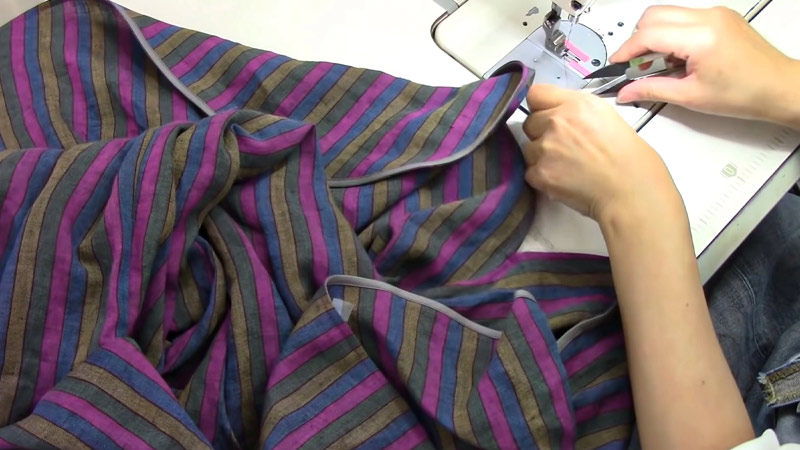
To complete the process, give your garment a final press, paying extra attention to the slit area. This step ensures that the slit lays flat and looks polished.
By following these nine steps, you can successfully sew a slit in your fabric, whether you’re working on a skirt, dress, or any other garment.
Remember to take your time, practice on scrap fabric if you’re new to sewing, and soon you’ll be creating stylish and functional slits with ease.
How Do I Choose The Right Fabric For My Garment?

Selecting the right fabric for your garment is crucial to ensure the overall look, comfort, and functionality of your clothing.
Here are some types of fabrics:
Cotton:
Cotton is a versatile and breathable fabric suitable for a wide range of garments. It’s comfortable to wear in hot weather due to its moisture-absorbing properties.
Cotton is often used for casual clothing like t-shirts, blouses, and summer dresses.
Linen
Linen is a natural fibre known for its breathability and lightweight feel. It’s perfect for warm-weather garments, as it wicks away moisture and allows air circulation.
Linen wrinkles easily, but this quality gives it a relaxed, lived-in charm, making it suitable for casual summer wear like shirts, pants, and sundresses.
Silk
Silk is a luxurious, fine fabric with a smooth and shiny surface. It drapes beautifully and feels soft against the skin.
Silk is often chosen for elegant, formal attire like evening gowns, blouses, and lingerie. It’s also used in accessories like scarves and ties.
Wool
Wool is a natural insulator, making it excellent for cold-weather garments. It can be lightweight or heavy, depending on the weave and type of wool. Wool is often used for suits, sweaters, coats, and winter accessories like scarves and hats.
Polyester
Polyester is a synthetic fabric known for its durability and wrinkle resistance.
It’s easy to care for and retains its shape well, making it a practical choice for activewear, work attire, and casual clothing. It’s also commonly blended with other fabrics to enhance their properties.
Denim
Denim is a sturdy cotton twill fabric often associated with jeans. It’s durable and versatile, making it ideal for casual pants, jackets, and skirts.
Denim comes in various weights and washes, offering different looks and levels of comfort.
Rayon
Rayon is a semi-synthetic fabric known for its softness and drape. It mimics the feel of natural fibers like silk and cotton.
Rayon is versatile and can be used for a variety of garments, including dresses, blouses, and loungewear.
When choosing a fabric, consider factors such as the season you’ll be wearing the garment, its intended use (casual, formal, or athletic), your personal comfort preferences, and your sewing skills.
Additionally, pay attention to fabric care instructions to ensure your garment remains in good condition over time.
Ultimately, the right fabric will enhance the appearance and functionality of your clothing project.
How To Add A Slit To A Dress Or Skirt?
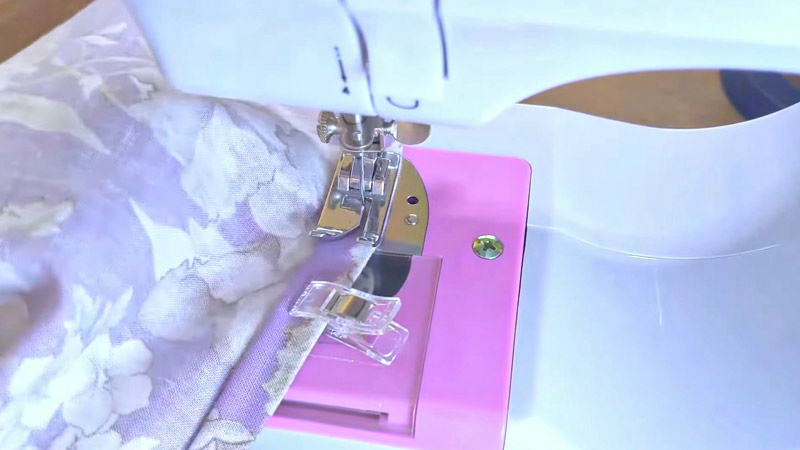
Adding a slit to a dress or skirt can give your garment a stylish and functional flair. Here are seven easy tricks to help you achieve this:
Measure and Mark the Slit:
Start by deciding the length and location of the slit. Use chalk or a tailor’s pencil to mark the centerline where you want the slit to begin.
Typically, slits are located at the side seam or the front/back center of the dress or skirt.
Prepare the Fabric
To prevent fraying, fold the raw edges of the fabric under by about ¼ inch (0.6 cm) on both sides of the marked line. Pin these folded edges in place, ensuring they are even and straight.
Pin Along the Slit Line
Carefully pin along the length of the marked slit, securing both the folded edges in place. Make sure the fabric layers are smooth and flat and the pins hold the folded edges securely.
Stitch Along the Slit
Set your sewing machine to a straight stitch. Starting at the hem, stitch along the marked line, removing the pins as you go. Backstitch at the beginning and end of the slit to reinforce the stitches.
Finish the Top Edge
At the top of the slit, where stress may occur when you move, create a small triangle or rectangle of stitching to reinforce the seam. This reinforcement adds durability and prevents the seam from tearing.
Press The Seam Open
After stitching, use an iron on a low heat setting to press the seam open. This step helps the slit lay flat and gives your garment a professional finish.
Finish the Hem
If your slit extends to the hemline, fold and stitch the hem to give it a clean look. Fold it under and stitch it in place, or use a narrow rolled hem for a delicate finish.
By following these seven tricks, you can easily add a stylish and functional slit to your dress or skirt.
Remember to practice on scrap fabric if you’re new to sewing, and take your time to ensure neat and precise results. Slits can vary in length and placement, so feel free to customize them to suit your fashion preferences.
FAQ
How do I choose the right fabric for sewing a slit?
Opt for lightweight and breathable fabrics like cotton or linen for summer garments, while heavier materials like wool work well for winter slits.
Consider the garment’s purpose and your personal style when making your choice.
What stitch length should I use for sewing a slit?
A standard straight stitch with a medium-length setting (around 2.5 mm) is ideal for sewing slits. It provides both strength and flexibility to the seam.
Can I add a slit to any type of garment?
Yes, you can add a slit to a wide range of garments, including dresses, skirts, pants, and even tops. Just ensure that the placement and length of the slit suit the garment’s design and function.
Do I need special equipment to sew a slit?
No, you don’t need specialized equipment. A basic sewing machine with straight-stitch capability, pins, scissors, and an iron are sufficient for sewing a slit.
However, having a seam ripper on hand for adjustments can be helpful.
How can I prevent the fabric from puckering when sewing a slit?
To prevent puckering, make sure the fabric is smooth and properly aligned. Use pins to hold the fabric layers in place and sew slowly, keeping even tension on the fabric as you stitch.
Pressing the seam open after sewing also helps achieve a smooth finish.
Conclusion
Sewing a slit is a skill that can elevate your sewing projects to new heights. A well-executed slit not only adds flair and style to your garments but also ensures comfort and ease of movement.
Throughout this guide, we’ve delved into the intricacies of choosing the right fabric, marking the slit, folding, pinning, stitching, and finishing, all essential steps to create a flawless slit.
By following these techniques, you can confidently tackle a variety of sewing projects, from casual summer dresses to elegant evening gowns and everything in between.
As you continue to practice and refine your sewing skills, you’ll discover the joy of transforming plain fabrics into fashion statements that reflect your unique style.
So, grab your sewing machine, select your favorite fabric, and let your creativity flow as you sew stunning slits into your garments with precision and panache.
Leave a Reply